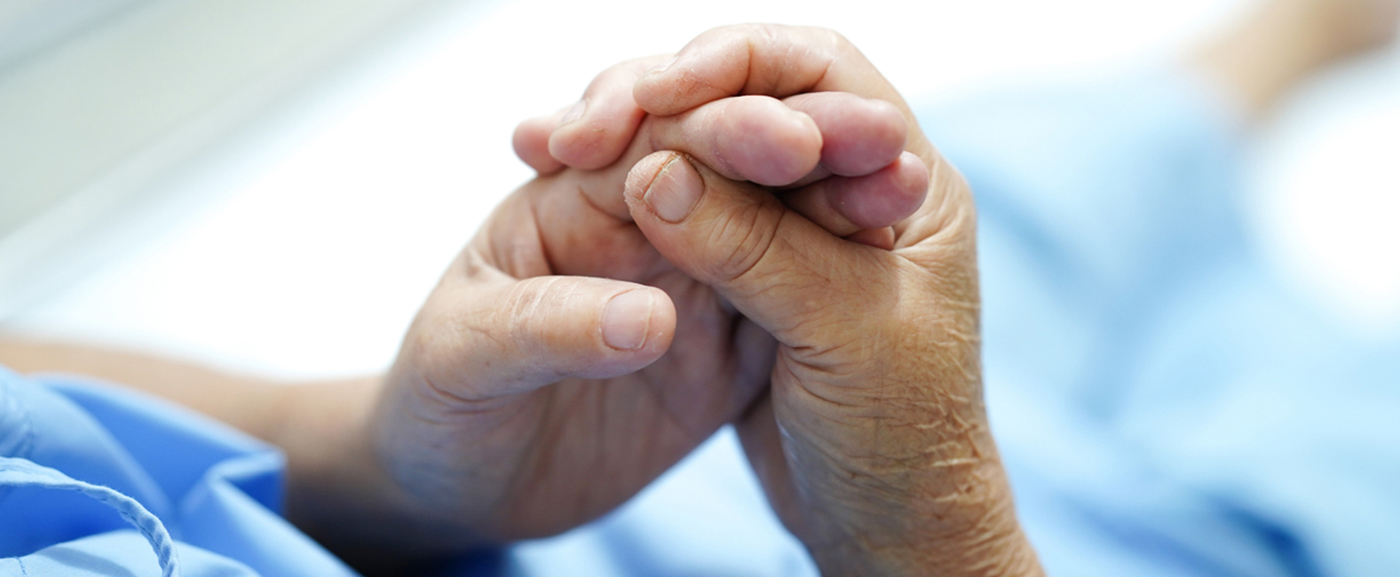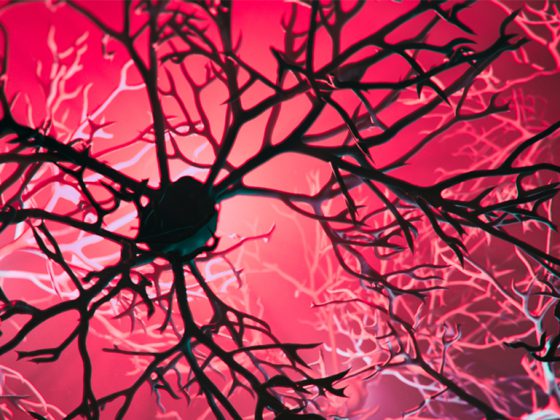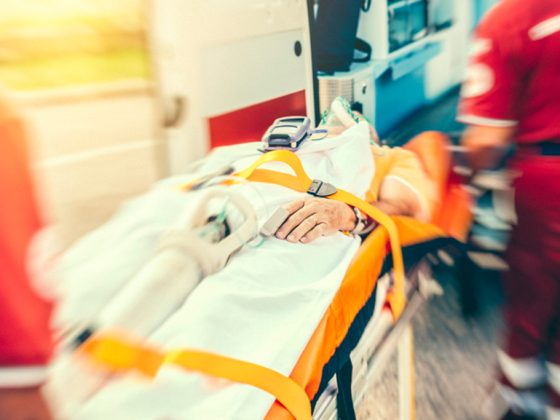A recent study from London/UK shows that non-invasive stimulation with surface electrodes can reduce the intensity of hand tremor in patients with essential tremor. Dr. Dr. Sebastian Schreglmann and Dr. Robert Peach, lead authors of the study, have been working at the Neurological Clinic of Würzburg University Hospital since 2020.
Patients with essential tremor suffer from rhythmic tremors, primarily of the hands. It is well known that this can be effectively treated by deep brain stimulation using an implanted brain pacemaker. But can the fine electrical impulses also achieve a similarly positive effect via adhesive electrodes on the scalp? A study, the results of which have now been published in the journal Nature Communications, provides promising evidence for this. The first author of the paper, which was prepared at University College London and Imperial College London, is Dr. Dr. Sebastian Schreglmann, specialist at the Neurological Clinic and Polyclinic of the University Hospital of Würzburg (UKW).
Adaptation of the phases essential
The neurologist and neuroscientist explains: “The hand tremor in essential tremor has a patient-specific frequency and amplitude. Using an accelerometer, we measure these movements on the subject’s middle finger.” Depending on these measurements, the brain was then stimulated with minimal alternating current. Adhesive electrodes placed on the scalp over the cerebellum and on the forehead were used for this purpose. It was shown that in the majority of patients the tremor decreased or stopped completely during randomized repeated stimulation lasting 30 seconds. “The phase of the stimulation is decisive for the effect. We were able to see that there is an ideal phase for the most effective stimulation per patient – adapted to the oscillation phase of the tremor,” reports Schreglmann.
Essential tremor
To control stimulation in real time, Dr. Nir Grossman, senior author of the paper, developed a new mathematical method to enable continuous adaptation to variable tremor. The algorithm finally found is so elegant that only a comparatively small amount of computing power is required for its application. “For the vision of a non-invasive brain pacemaker, this is a key point – as a result, a small controller to be worn on the belt, for example, could be sufficient for control,” Schreglmann described. According to him, an application of this algorithm is also conceivable in principle for other diseases based on misdirected rhythmic activity in the brain.
Dr. Robert Peach, the mathematician who developed the complex statistical signal evaluation using machine learning, adds, “The signal analytic innovations not only allowed us to predict who would benefit from such stimulation based on the measured tremor, because not all patients responded to the treatment. Rather, we were also able to elucidate the underlying mechanism of successful stimulation.”
Original publication:
Schreglmann, S.R., Wang, D., Peach, R.L. et al. Non-invasive suppression of essential tremor via phase-locked disruption of its temporal coherence. Nat Commun 12, 363 (2021). https://doi.org/10.1038/s41467-020-20581-7











